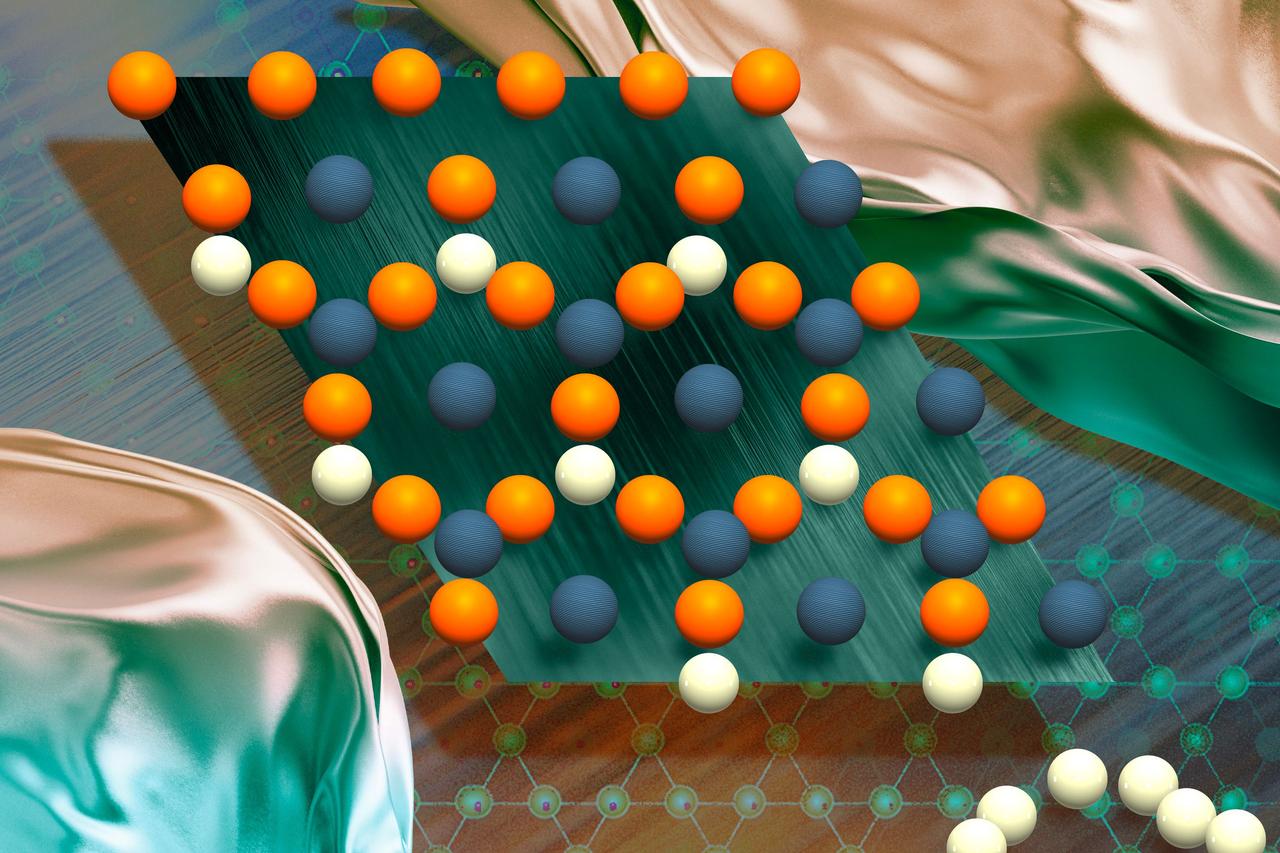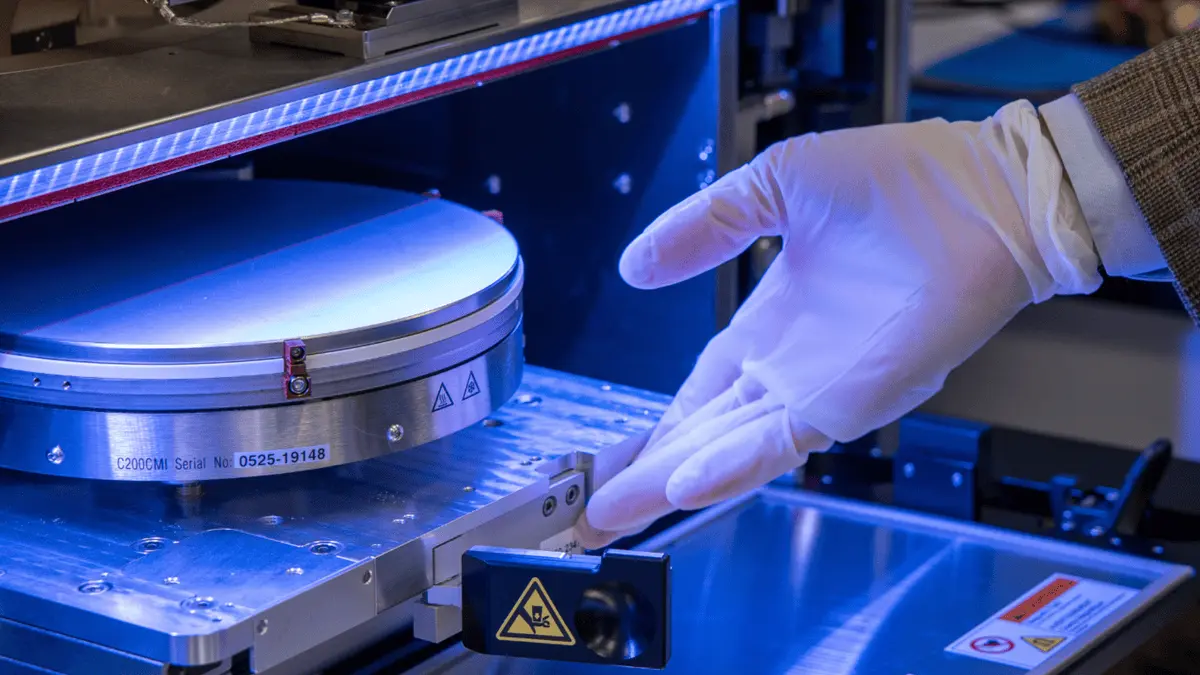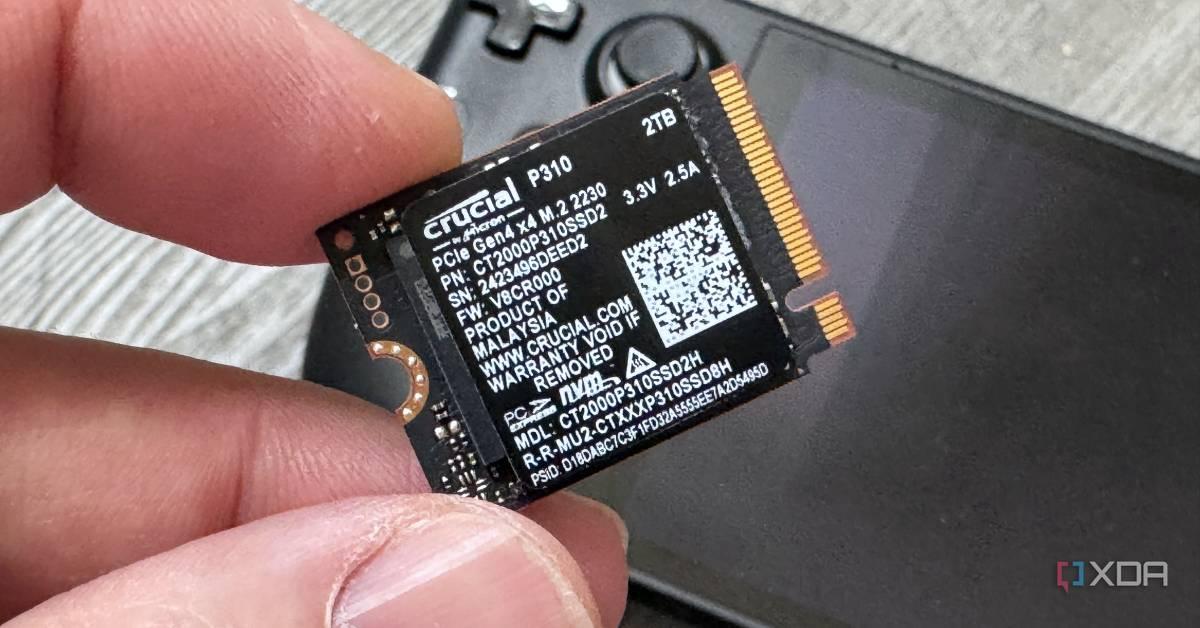MIT Researchers Develop Graph-Based AI Model to Uncover Hidden Links Across Disciplines
2 Sources
2 Sources
[1]
Graph-based AI model finds hidden links between science and art to suggest novel materials
by Stephanie Martinovich , Massachusetts Institute of Technology Imagine using artificial intelligence to compare two seemingly unrelated creations -- biological tissue and Beethoven's "Symphony No. 9." At first glance, a living system and a musical masterpiece might appear to have no connection. However, a novel AI method developed by Markus J. Buehler, the McAfee Professor of Engineering and professor of civil and environmental engineering and mechanical engineering at MIT, bridges this gap, uncovering shared patterns of complexity and order. "By blending generative AI with graph-based computational tools, this approach reveals entirely new ideas, concepts, and designs that were previously unimaginable. We can accelerate scientific discovery by teaching generative AI to make novel predictions about never-before-seen ideas, concepts, and designs," says Buehler. The open-access research, recently published in Machine Learning: Science and Technology, demonstrates an advanced AI method that integrates generative knowledge extraction, graph-based representation, and multimodal intelligent graph reasoning. The work uses graphs developed using methods inspired by category theory as a central mechanism to teach the model to understand symbolic relationships in science. Category theory, a branch of mathematics that deals with abstract structures and relationships between them, provides a framework for understanding and unifying diverse systems through a focus on objects and their interactions, rather than their specific content. In category theory, systems are viewed in terms of objects (which could be anything, from numbers to more abstract entities like structures or processes) and morphisms (arrows or functions that define the relationships between these objects). By using this approach, Buehler was able to teach the AI model to systematically reason over complex scientific concepts and behaviors. The symbolic relationships introduced through morphisms make it clear that the AI isn't simply drawing analogies, but is engaging in deeper reasoning that maps abstract structures across different domains. Buehler used this new method to analyze a collection of 1,000 scientific papers about biological materials and turned them into a knowledge map in the form of a graph. The graph revealed how different pieces of information are connected and was able to find groups of related ideas and key points that link many concepts together. "What's really interesting is that the graph follows a scale-free nature, is highly connected, and can be used effectively for graph reasoning," says Buehler. "In other words, we teach AI systems to think about graph-based data to help them build better world representations models and to enhance the ability to think and explore new ideas to enable discovery." Researchers can use this framework to answer complex questions, find gaps in current knowledge, suggest new designs for materials, and predict how materials might behave, and link concepts that had never been connected before. The AI model found unexpected similarities between biological materials and "Symphony No. 9," suggesting that both follow patterns of complexity. "Similar to how cells in biological materials interact in complex but organized ways to perform a function, Beethoven's 9th symphony arranges musical notes and themes to create a complex but coherent musical experience," says Buehler. In another experiment, the graph-based AI model recommended creating a new biological material inspired by the abstract patterns found in Wassily Kandinsky's painting, "Composition VII." The AI suggested a new mycelium-based composite material. "The result of this material combines an innovative set of concepts that include a balance of chaos and order, adjustable property, porosity, mechanical strength, and complex patterned chemical functionality," Buehler notes. By drawing inspiration from an abstract painting, the AI created a material that balances being strong and functional, while also being adaptable and capable of performing different roles. The application could lead to the development of innovative sustainable building materials, biodegradable alternatives to plastics, wearable technology, and even biomedical devices. With this advanced AI model, scientists can draw insights from music, art, and technology to analyze data from these fields to identify hidden patterns that could spark a world of innovative possibilities for material design, research, and even music or visual art. "Graph-based generative AI achieves a far higher degree of novelty, explorative of capacity and technical detail than conventional approaches, and establishes a widely useful framework for innovation by revealing hidden connections," says Buehler. "This study not only contributes to the field of bio-inspired materials and mechanics, but also sets the stage for a future where interdisciplinary research powered by AI and knowledge graphs may become a tool of scientific and philosophical inquiry as we look to other future work."
[2]
Graph-based AI model maps the future of innovation
Imagine using artificial intelligence to compare two seemingly unrelated creations -- biological tissue and Beethoven's "Symphony No. 9." At first glance, a living system and a musical masterpiece might appear to have no connection. However, a novel AI method developed by Markus J. Buehler, the McAfee Professor of Engineering and professor of civil and environmental engineering and mechanical engineering at MIT, bridges this gap, uncovering shared patterns of complexity and order. "By blending generative AI with graph-based computational tools, this approach reveals entirely new ideas, concepts, and designs that were previously unimaginable. We can accelerate scientific discovery by teaching generative AI to make novel predictions about never-before-seen ideas, concepts, and designs," says Buehler. The open-access research, recently published in Machine Learning: Science and Technology, demonstrates an advanced AI method that integrates generative knowledge extraction, graph-based representation, and multimodal intelligent graph reasoning. The work uses graphs developed using methods inspired by category theory as a central mechanism to teach the model to understand symbolic relationships in science. Category theory, a branch of mathematics that deals with abstract structures and relationships between them, provides a framework for understanding and unifying diverse systems through a focus on objects and their interactions, rather than their specific content. In category theory, systems are viewed in terms of objects (which could be anything, from numbers to more abstract entities like structures or processes) and morphisms (arrows or functions that define the relationships between these objects). By using this approach, Buehler was able to teach the AI model to systematically reason over complex scientific concepts and behaviors. The symbolic relationships introduced through morphisms make it clear that the AI isn't simply drawing analogies, but is engaging in deeper reasoning that maps abstract structures across different domains. Buehler used this new method to analyze a collection of 1,000 scientific papers about biological materials and turned them into a knowledge map in the form of a graph. The graph revealed how different pieces of information are connected and was able to find groups of related ideas and key points that link many concepts together. "What's really interesting is that the graph follows a scale-free nature, is highly connected, and can be used effectively for graph reasoning," says Buehler. "In other words, we teach AI systems to think about graph-based data to help them build better world representations models and to enhance the ability to think and explore new ideas to enable discovery." Researchers can use this framework to answer complex questions, find gaps in current knowledge, suggest new designs for materials, and predict how materials might behave, and link concepts that had never been connected before. The AI model found unexpected similarities between biological materials and "Symphony No. 9," suggesting that both follow patterns of complexity. "Similar to how cells in biological materials interact in complex but organized ways to perform a function, Beethoven's 9th symphony arranges musical notes and themes to create a complex but coherent musical experience," says Buehler. In another experiment, the graph-based AI model recommended creating a new biological material inspired by the abstract patterns found in Wassily Kandinsky's painting, "Composition VII." The AI suggested a new mycelium-based composite material. "The result of this material combines an innovative set of concepts that include a balance of chaos and order, adjustable property, porosity, mechanical strength, and complex patterned chemical functionality," Buehler notes. By drawing inspiration from an abstract painting, the AI created a material that balances being strong and functional, while also being adaptable and capable of performing different roles. The application could lead to the development of innovative sustainable building materials, biodegradable alternatives to plastics, wearable technology, and even biomedical devices. With this advanced AI model, scientists can draw insights from music, art, and technology to analyze data from these fields to identify hidden patterns that could spark a world of innovative possibilities for material design, research, and even music or visual art. "Graph-based generative AI achieves a far higher degree of novelty, explorative of capacity and technical detail than conventional approaches, and establishes a widely useful framework for innovation by revealing hidden connections," says Buehler. "This study not only contributes to the field of bio-inspired materials and mechanics, but also sets the stage for a future where interdisciplinary research powered by AI and knowledge graphs may become a tool of scientific and philosophical inquiry as we look to other future work."
Share
Share
Copy Link
MIT professor Markus J. Buehler has created an advanced AI method that uses graph-based representation and category theory to find unexpected connections between diverse fields, potentially accelerating scientific discovery and innovation.

Novel AI Method Bridges Disciplines for Scientific Discovery
Researchers at the Massachusetts Institute of Technology (MIT) have developed a groundbreaking artificial intelligence model that uncovers hidden links between seemingly unrelated fields, potentially revolutionizing scientific discovery and innovation. The graph-based AI model, created by Markus J. Buehler, McAfee Professor of Engineering at MIT, integrates generative knowledge extraction, graph-based representation, and multimodal intelligent graph reasoning
1
2
.Innovative Approach Using Category Theory
The AI model's foundation lies in graph-based computational tools inspired by category theory, a branch of mathematics that deals with abstract structures and relationships. This approach allows the AI to understand and map symbolic relationships across different domains, enabling deeper reasoning beyond simple analogies
1
2
.Analyzing Scientific Literature and Creating Knowledge Maps
Buehler's team applied this method to analyze 1,000 scientific papers on biological materials, transforming the information into a comprehensive knowledge map. The resulting graph revealed intricate connections between various concepts and identified key linking points
1
2
.Uncovering Unexpected Similarities
In a striking demonstration of its capabilities, the AI model discovered unexpected similarities between biological materials and Beethoven's "Symphony No. 9." Buehler explains, "Similar to how cells in biological materials interact in complex but organized ways to perform a function, Beethoven's 9th symphony arranges musical notes and themes to create a complex but coherent musical experience"
1
2
.Inspiring New Material Designs
The graph-based AI model's potential for innovation was further illustrated when it suggested a novel mycelium-based composite material inspired by Wassily Kandinsky's abstract painting "Composition VII." This AI-generated concept combines properties such as adjustable characteristics, porosity, mechanical strength, and complex patterned chemical functionality
1
2
.Related Stories
Implications for Multiple Fields
The applications of this AI model extend beyond materials science. It has the potential to accelerate innovation in sustainable building materials, biodegradable plastics alternatives, wearable technology, and biomedical devices. Additionally, the model could inspire new directions in music and visual art by identifying hidden patterns across disciplines
1
2
.Future of Interdisciplinary Research
Buehler emphasizes the significance of this approach: "Graph-based generative AI achieves a far higher degree of novelty, explorative capacity, and technical detail than conventional approaches, and establishes a widely useful framework for innovation by revealing hidden connections"
1
2
. This research not only contributes to bio-inspired materials and mechanics but also paves the way for AI-powered interdisciplinary research to become a powerful tool for scientific and philosophical inquiry.References
Summarized by
Navi
[1]
Related Stories
Recent Highlights
1
OpenAI releases GPT-5.2 AI model after code red memo targets Google's Gemini 3 threat
Technology

2
Disney invests $1 billion in OpenAI, licenses 200+ characters for Sora AI video generator
Technology

3
OpenAI faces wrongful death lawsuit after ChatGPT allegedly fueled murder-suicide tragedy
Policy and Regulation








